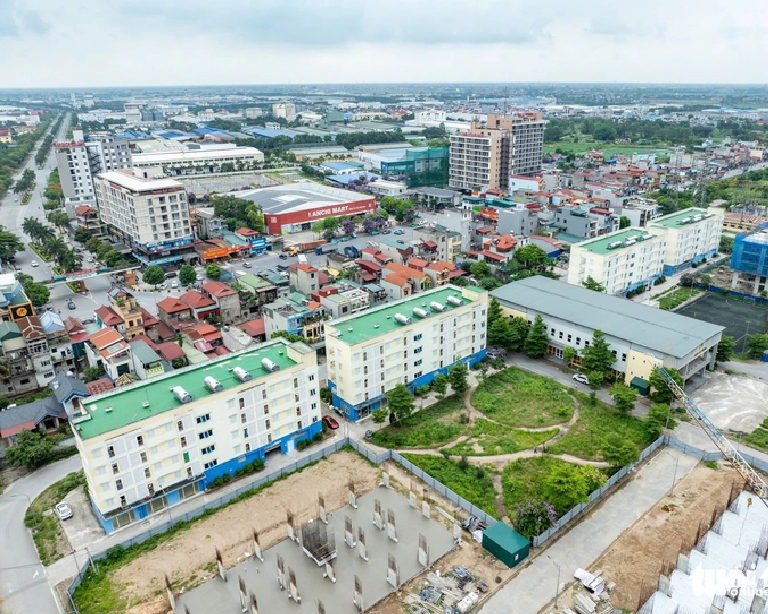Vietnam may retain 11 cities and provinces and merge 52 others, according to a draft resolution by the Standing Committee of the National Assembly.
The plan was prepared by the Ministry of Home Affairs and published for review by the Ministry of Justice.
The proposed resolution outlines new criteria for restructuring provincial and commune-level units based on six guiding principles set by the Politburo: natural area; population size; historical, cultural, religious and ethnic characteristics; economic geography; political geography; and national defense and security.
According to the draft, 11 provincial-level units would remain unchanged: Hanoi, Hue, Lai Chau, Dien Bien, Son La, Cao Bang, Lang Son, Quang Ninh, Thanh Hoa, Nghe An, and Ha Tinh.
The remaining 52 provinces and cities -- including centrally governed municipalities Ho Chi Minh City, Da Nang, Hai Phong, and Can Tho -- would be subject to evaluation for possible consolidation based on three key criteria: area, population, and the number of district-level units.
Any locality failing to meet any requirements would be considered for restructuring.
Under the proposal, provinces in mountainous or highland areas must have a minimum area of 8,000 square kilometers and a population of at least 900,000. For other provinces, the thresholds are 5,000 square kilometers and 1.4 million people.
Centrally governed cities must have a minimum area of 1,500 square kilometers and a population of one million.
All must also have at least nine district-level administrative units.
At the commune level, the plan calls for newly restructured communes in mountainous areas, highlands, or those with a national border on land where at least 30 percent of the population are ethnic minority people to meet the population threshold of 7,500 people.
Wards must be at least 35 square kilometers in area and boast a minimum of 50,000 people, or 35,000 people if they are in mountainous and highland regions. If four or more commune-level units are merged, the area and population standards may be waived.
The draft anticipates reducing the total number of commune-level units by 70-75 percent. Based on current figures, 9,996 of the country’s 10,035 commune-level units would be restructured.
Public input will be a key part of the process. Provincial People's Committees will be responsible for organizing consultations. Within five working days after completing the consultation, they must submit a report on the results.
The draft also ensures continuity in governance by stipulating that any existing legal documents issued before the restructuring will remain valid after the administrative changes take effect.
Like us on Facebook or follow us on X to get the latest news about Vietnam!























































